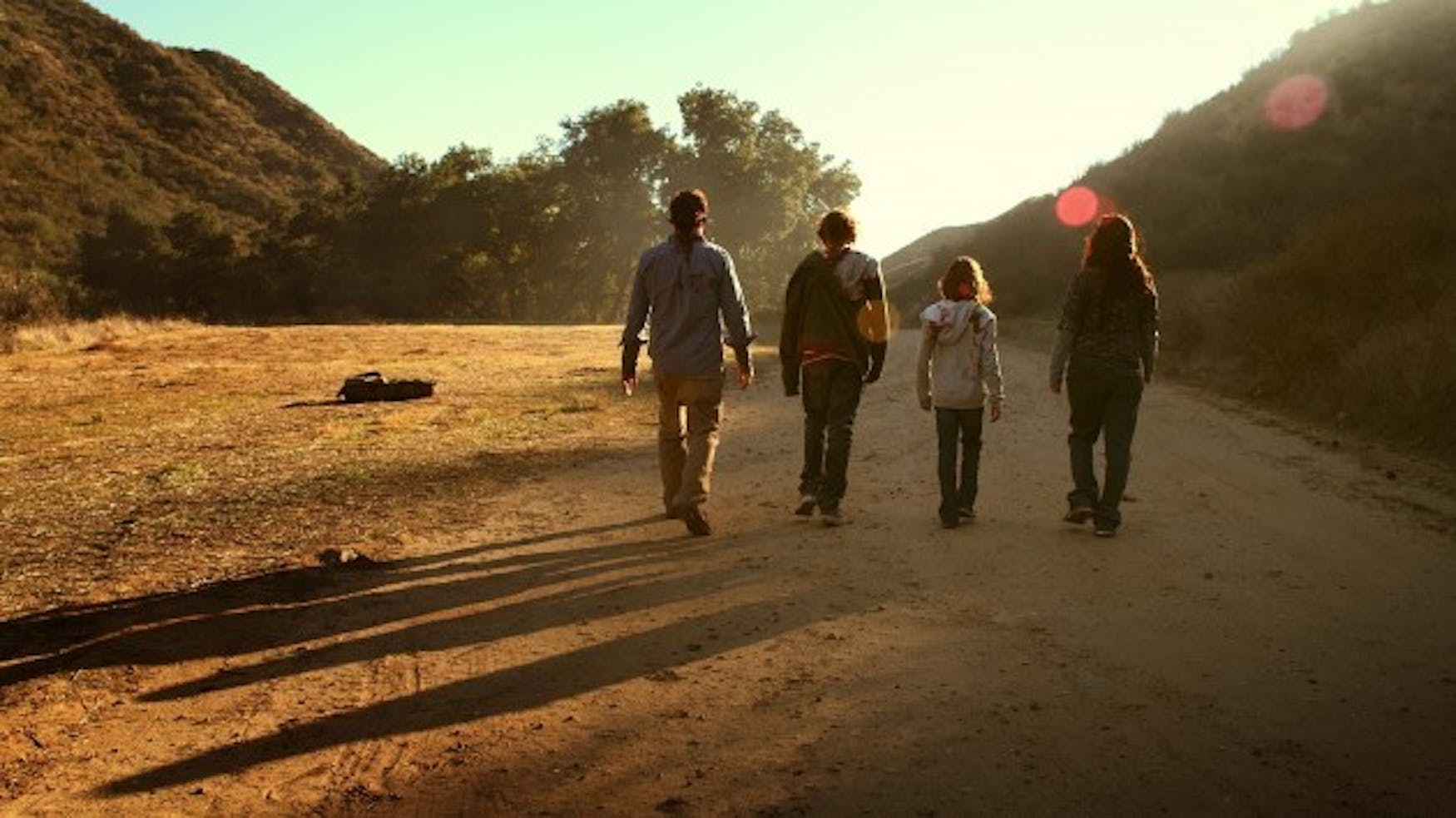Four new exhibits come to campus for fall opening
Ushering in a new year of artistic engagement on the Brandeis campus, the Rose Art Museum is reopening this month after its yearly summer closure. The Sept. 17 opening reception will mark the public unveiling of four new exhibits, each paying homage to the artistic and cultural history of both Brandeis and the Rose.
These special fall exhibits will be displayed alongside the Rose's permanent collection, which includes pieces from influential artists of the latter half of the 20th century.
Founded in 1961 after a decade of effort at the then very young Brandeis, the Rose consistently exhibits contemporary pieces that facilitate a dialogue about social justice issues. The upcoming exhibits continue the Rose's trend of housing niche-inspired art, pieces that focus on both the tumult of the 1960s and the culture of Israel and the Middle East.
From Andy Warhol's photographs to film of Pakistani and Afghani war zones, from modern mixed-media works to abstract canvas work, visitors are in for an exciting season.
Perhaps one of the most familiar exhibits to grace the Rose this fall will be a collection of photographs by the famous pop art pioneer Andy Warhol. Though Warhol is known largely for his drawings, prints, and later, his computer-generated pieces, the photographs that the artist took of celebrities who are long embedded in the popular American schema are some of his most statement-making pieces.
The exhibit, entitled "Image Machine: Andy Warhol and Photography" will be staged in the Lois Foster Gallery, and visitors can look forward to seeing images of style figures like Elizabeth Taylor, Cheryl Tiegs, Jackie Kennedy and Gianni Versace, as Warhol himself saw them.
Moving into a richer discussion about revolutionary art and activism culture in the 1960s and 1970s, two more of the new exhibits will comment on the themes introduced by Warhol's featured works. "Minimal and More: 60s and 70s Sculpture" from the Collection, a tribute to the Rose's 1996 exhibition "More Than Minimal: Feminism and Abstraction in the '70s," will integrate the works of female artists Jackie Ferrara, Mary Miss and Jackie Winsor.
Minimal and More" places the women's works among those of four of their male contemporaries who were all active artists in the 1960s: Carl Andre, Anthony Caro, Donald Judd and Robert Morris. Visitors can find the works in the lower part of the Gerald S. and Sandra Fineberg Gallery.
But beyond exploring the dynamics of gender in creating art in the 60s and 70s, the politics of race and civil rights in the same era will also be presented to visitors through abstract paintings in "Light Years: Jack Whitten, 1971-1973."
This collection of never-before exhibited canvases by African-American artist Whitten is the artist's first solo exhibition in New England. Visitors can find Whitten's works in the upper section of the Fineberg Gallery.
Reminiscent of last fall's exhibit "100 Steps to the Mediterranean," a mixed-media collection of works by Israeli artist Dor Guez, visitors can also look forward to a video work by Omer Fast among the Rose's new exhibits. Fast's 30-minute long work, "5000 Feet is the Best," will be showing on loop in the Mildred S. Lee Gallery and facilitates a discussion about the distinctly 2000s issue of drone surveillance and warfare.
This controversial work is inspired by a series of conversations that the artist shared with a former U.S. Air Force Predator drone operator and elaborates on the psychological aftermath of live-fire warfare in Pakistan and Afghanistan.
Certainly, this fall marks the beginning of an exciting season for the Rose; the institution's new exhibits dive headfirst into heated issues of culture and conflict in recent history with due audacity and confidence.
Brandeis, mark your calendars for the evening of Sept. 17 and get ready to see the Rose's finest-this fall's is one season opening not to be missed.
*



Please note All comments are eligible for publication in The Justice.